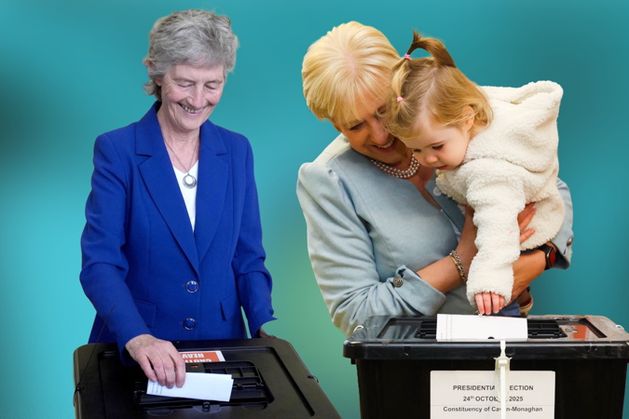What is the president’s job description?
According to Professor Laura Cahillane of UL’s School of Law, the president has two main roles to fulfil.
“The first one is to act as head of state. And when the president is acting in that role, all of the various elements are purely ceremonial,” she said.
“This is when you’re talking about the president welcoming foreign dignitaries to Ireland, or where you have the appointment of judges, appointment of ministers.”
This also includes the president signing bills into law. However, the Professor stipulates the president cannot refuse to sign a bill unless they plan to refer it to the Supreme Court.
In that event, the President will rely on their second function which is act as guardian of the Constitution.
“Only one [of these powers] has ever been exercised in the history of our state and our presidency,” she said.
“And that’s the power under Article 26 to refer a bill to the Supreme Court if there’s a question over its constitutionality.
Other provisions are seen as ‘just in case’ provisions.
“In case you had a constitutional crisis whereby if the Dáil and the Seanad can’t agree on whether a bill is a money bill [for tax or government expenditure].
“For example, then the president can send it to a committee of privileges and then that committee gets to decide whether it is or isn’t a money bill.
“It’s just that the president is there in a time of crisis to represent the permanent authority of the state or there’s somebody there to carry on authority if there is a disagreement between the other institutions.”
Sarah O’Mahony

